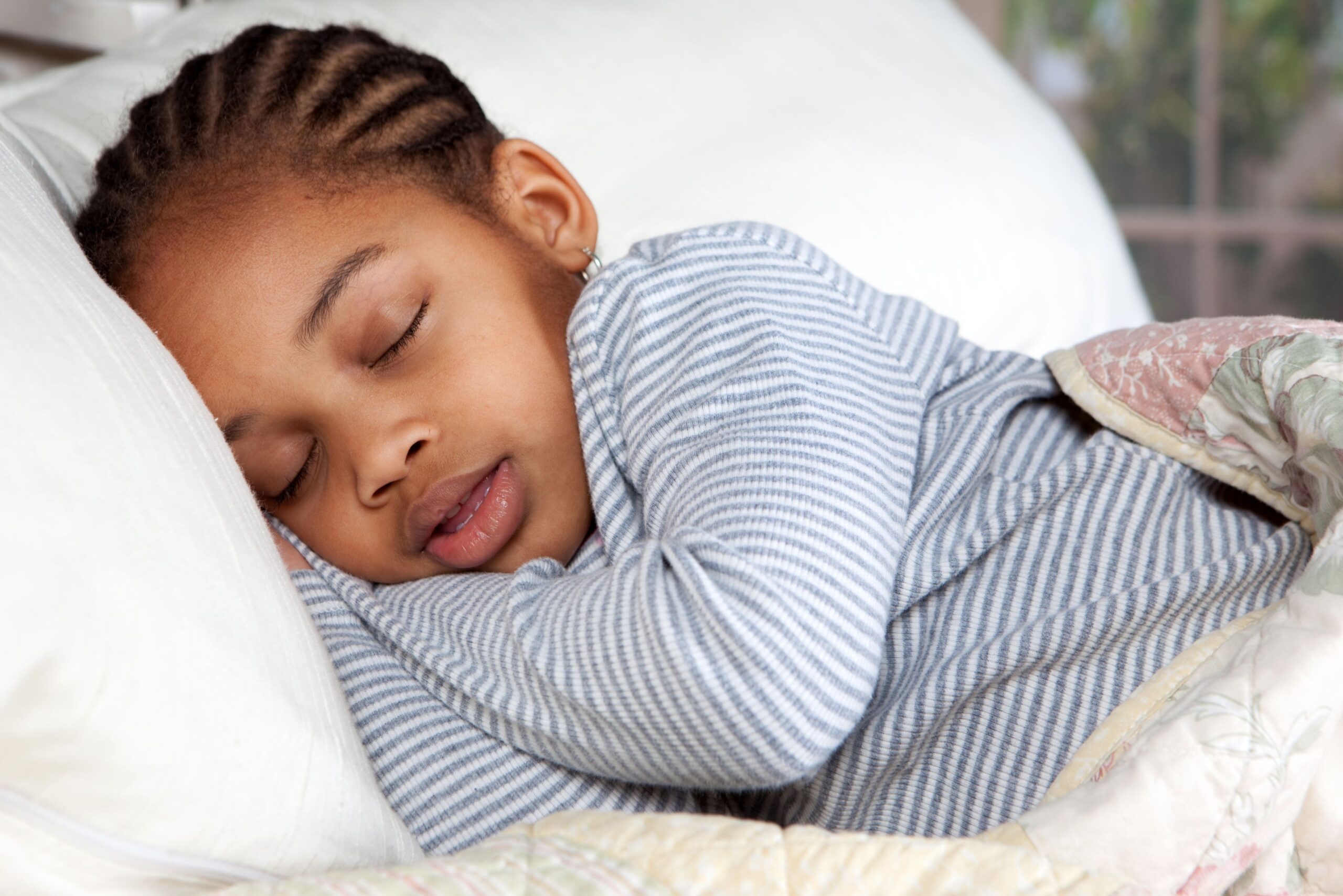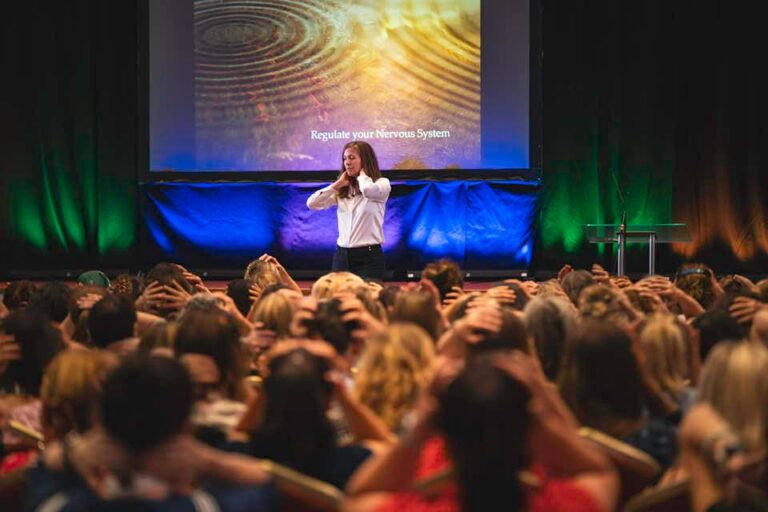Getting children to go to sleep is often the Everest of parenthood. Kids resist, kids persist, and kids insist on another drink of water (even though they may fail to demonstrate thirst at any other time). As play therapists, this shunning of sleep can show up in the playroom in a variety of ways.
One of our Lessons from the Playroom podcast episodes welcomed Jessica Schaffer, Registered Play Therapist, Certified Synergetic Play Therapist and certified sleep consultant. To learn more about working with children who have sleep issues, listen to this episode.
We know that sleep issues are not uncommon in kids (or even in adults), but the answers regarding sleep itself – why we need it, for instance – are a bit more evasive. Still, it’s not exactly optional – the longest anyone has ever gone without sleep is only eleven days and animal studies suggest that going for longer can be deadly. In fact, even going without sleep for 24-hours is enough to induce hallucinations.
We’re vulnerable when we sleep – falling into a slumber means letting go of the day and letting go of control. This is one reason sleep issues are more prevalent in kids. Sure, some children refuse to go to bed because they don’t want to miss out on anything fun; others refuse because they don’t want to say goodbye. Some see their parents dysregulated and can’t help but join them; others are reacting to trauma.
Of course, sleep also changes as kids age. Newborns sleep around seventeen hours a day and wake up for one to three-hour increments. The average nine-year-old, on the other hand, needs around ten or eleven hours each night. We generally need less sleep as we grow old – seniors need around seven hours (about forty percent as much as they required when they were born).
What Happens When We Sleep
Sleep is not as well understood as other biological processes (such as the need to eat) – we know why we dine yet not why we doze. But that doesn’t mean we’re entirely in the dark.
We know that sleep involves two distinct phases – slow-wave sleep and REM sleep. The latter is what we’re in when we dream, while the former is what we do the most – it helps the brain and body rejuvenate.
Sleep begins when cells in the hypothalamus and the parafacial zone of the brainstem cue the body to fall unconscious and into slow-wave sleep. REM sleep follows. While slow wave sleep – as noted above – may help repair a tired brain and body, REM is more of a wildcard. The brain is active during REM with breathing and heartrate inconsistent. Thus, it’s not akin to rest and – so far – has left science scratching its head. Some people believe that REM helps restore brain chemistry; others believe it plays a role in the brain’s plasticity and ability to form new memories, retain information, and regulate emotions.
For kids who are unable or unwilling to sleep, all of this is important and shows why a tired child often struggles more than one who is well rested. This struggle may be prevalent in the playroom or the child may demonstrate their sleep issues with props (a doll for instance). A preoccupation with the concept of sleep is a good indication that sleep problems exist. Children prone to anxiety may even verbalize their worries, fearing that something will happen to them as they sleep or that they’ll wake up to an empty house.
Helping kids with sleep issues requires allies in parents/caregivers (as does all play therapy). One of the most important keys is teaching caregivers how to model regulation, so that they can help their little ones doze off to sleep.
To learn more about sleep issues in the young, please visit Jessica’s website.
Interested in credits and courses delivered to your living room? Take a look at all our classes, available on our learning site.





